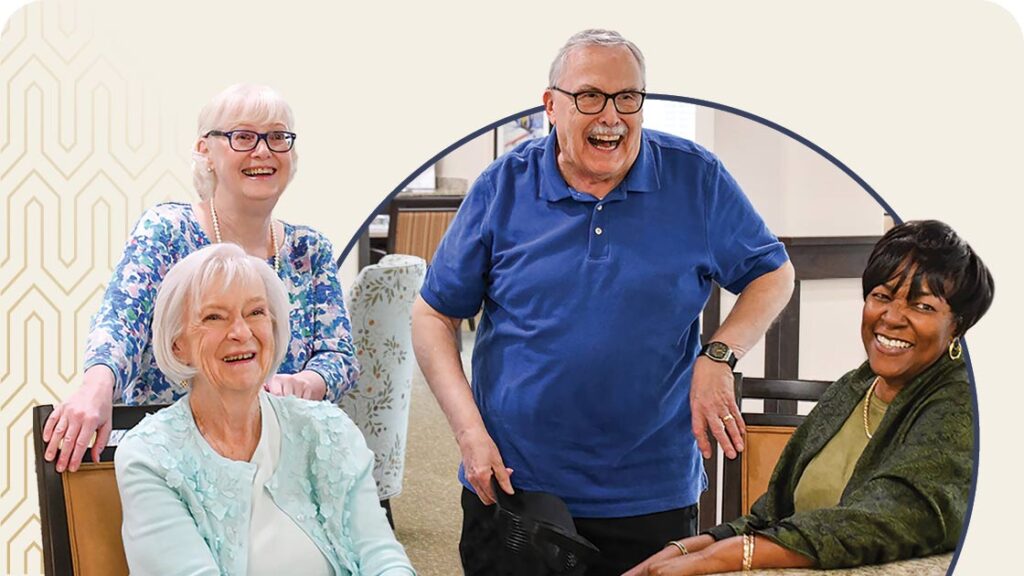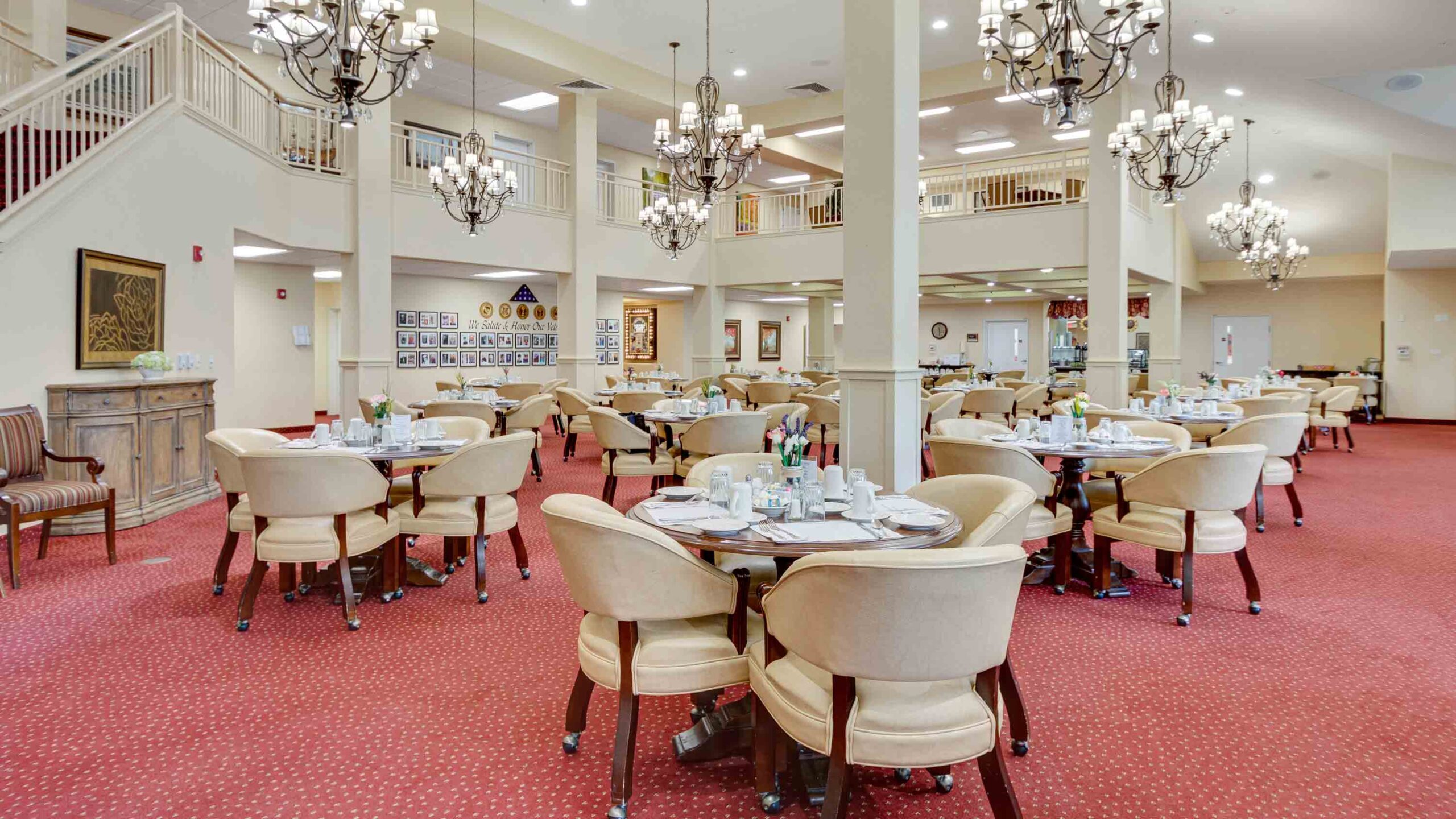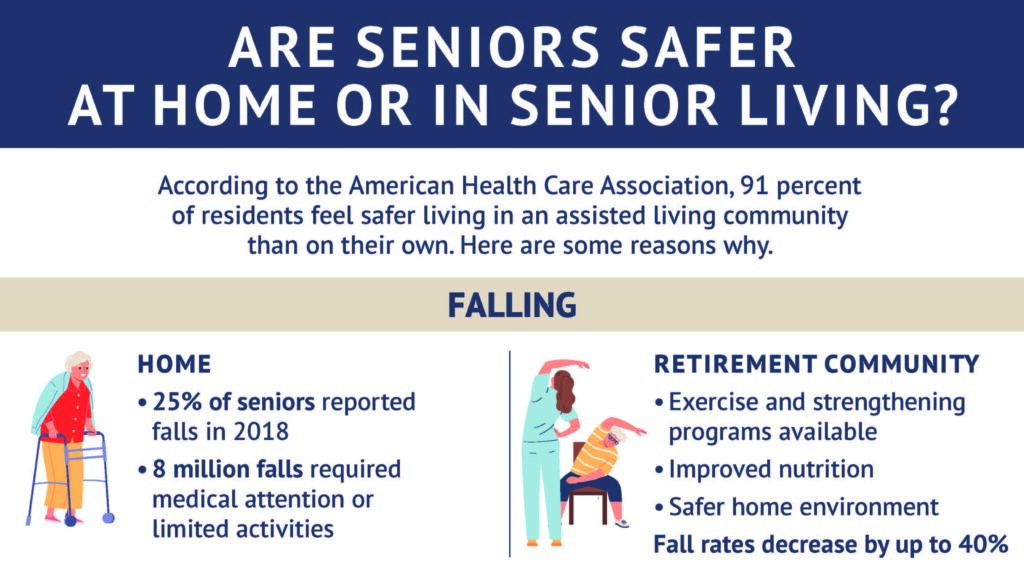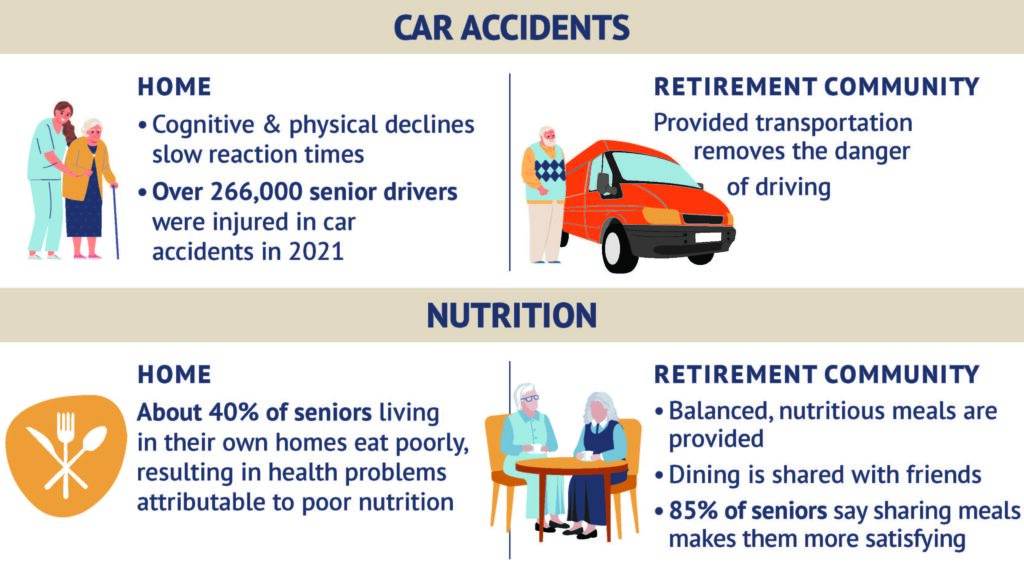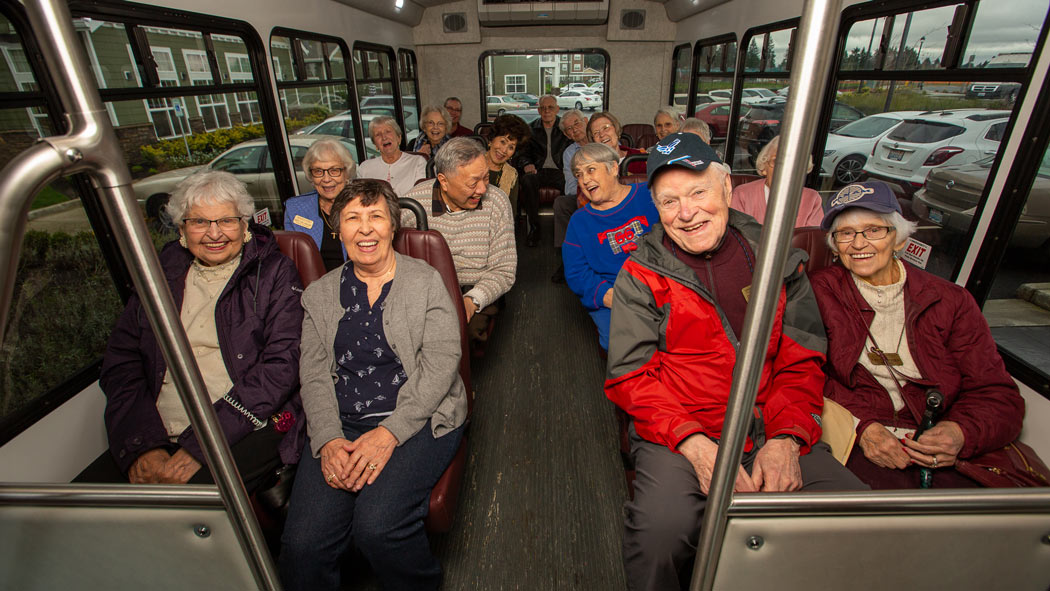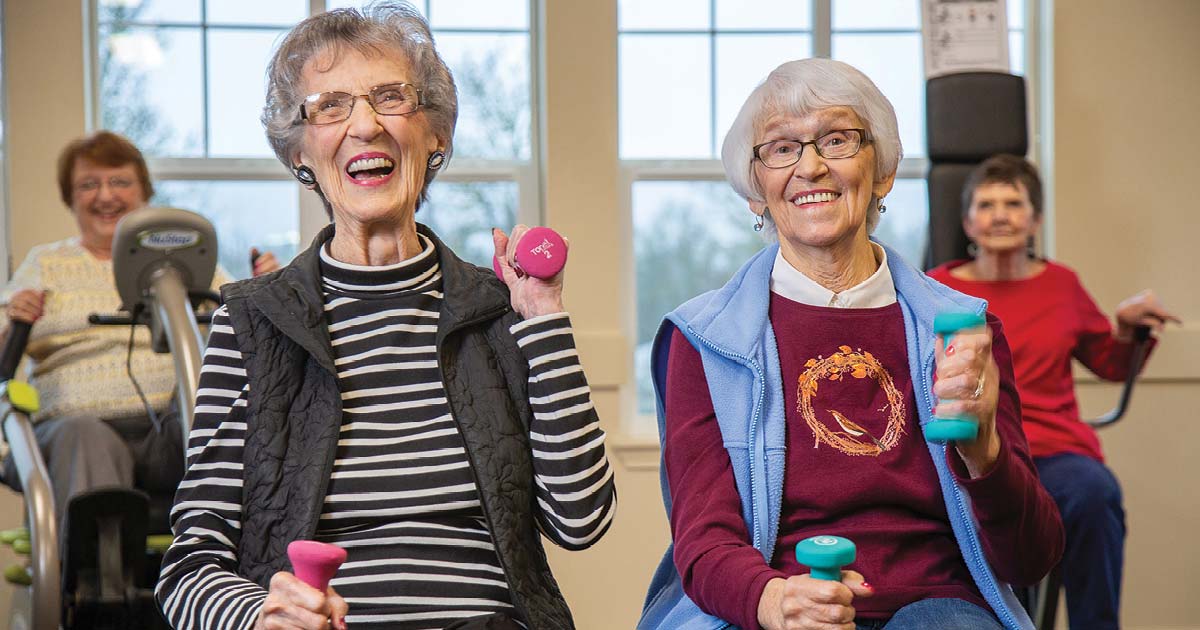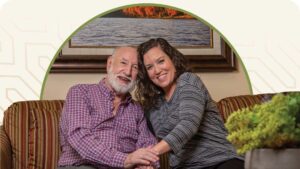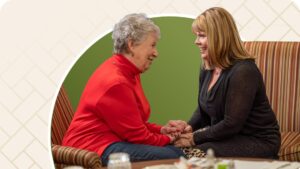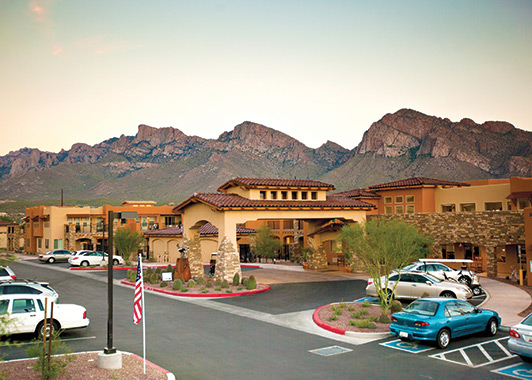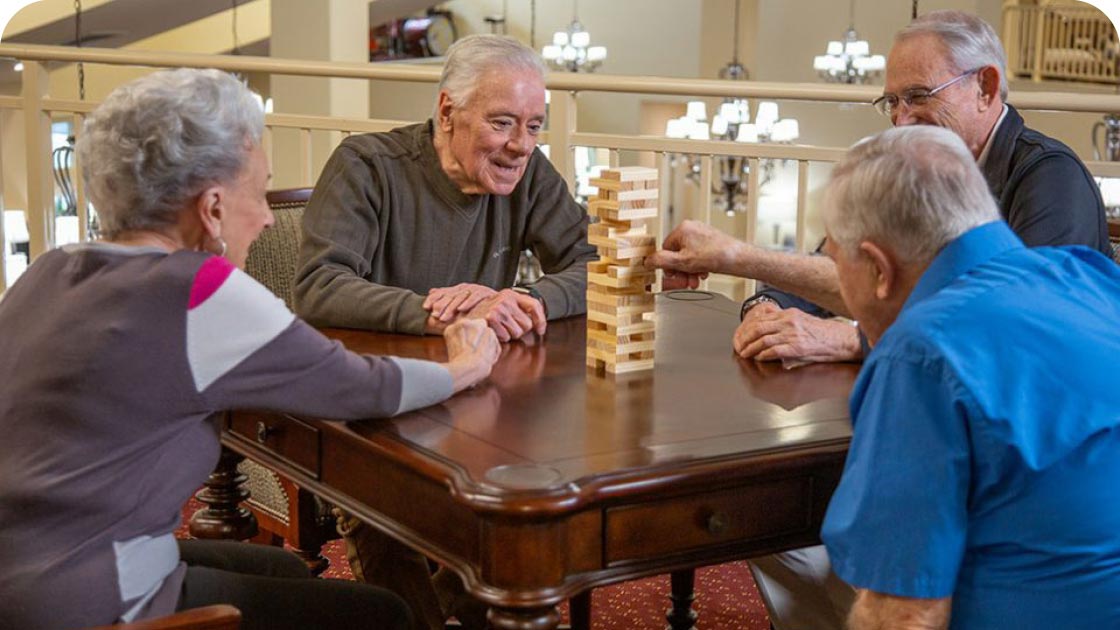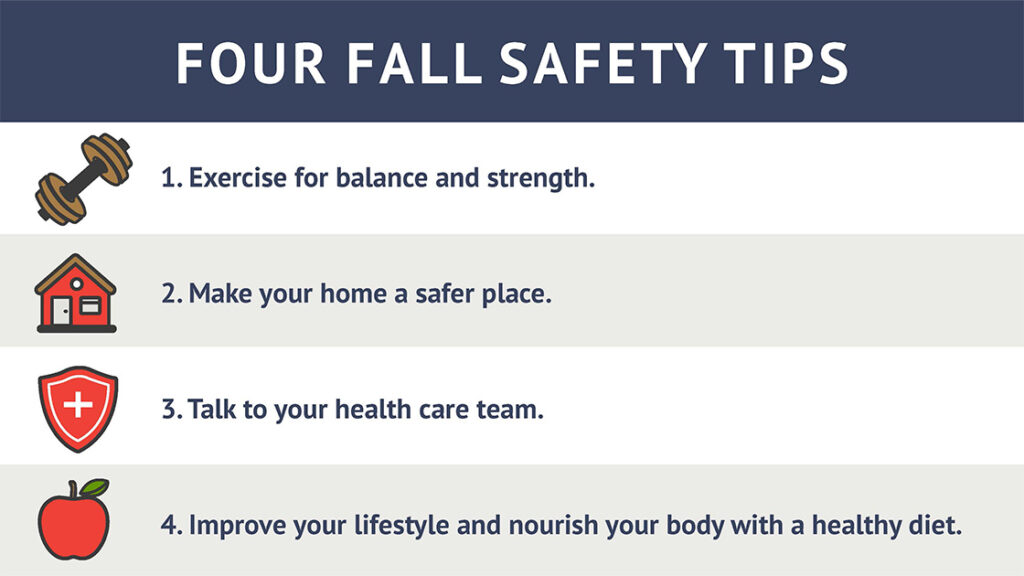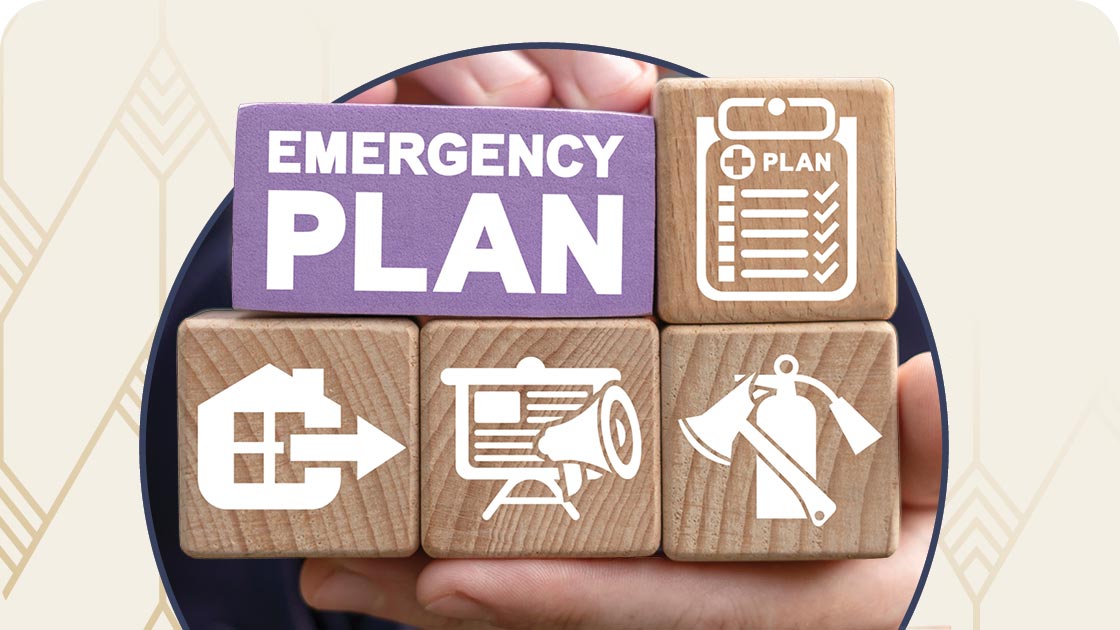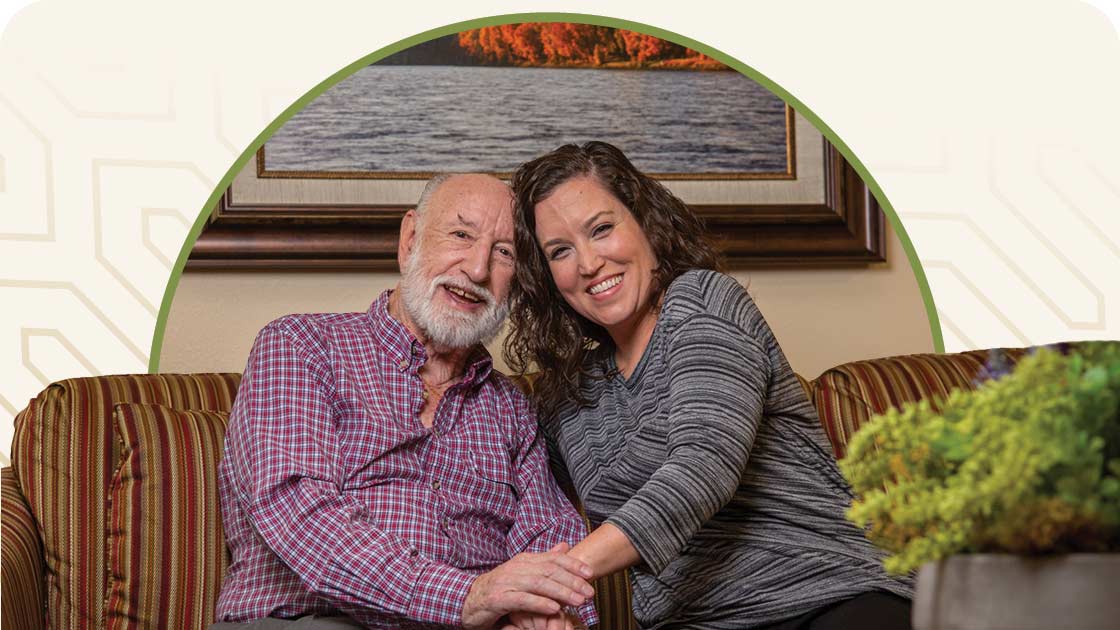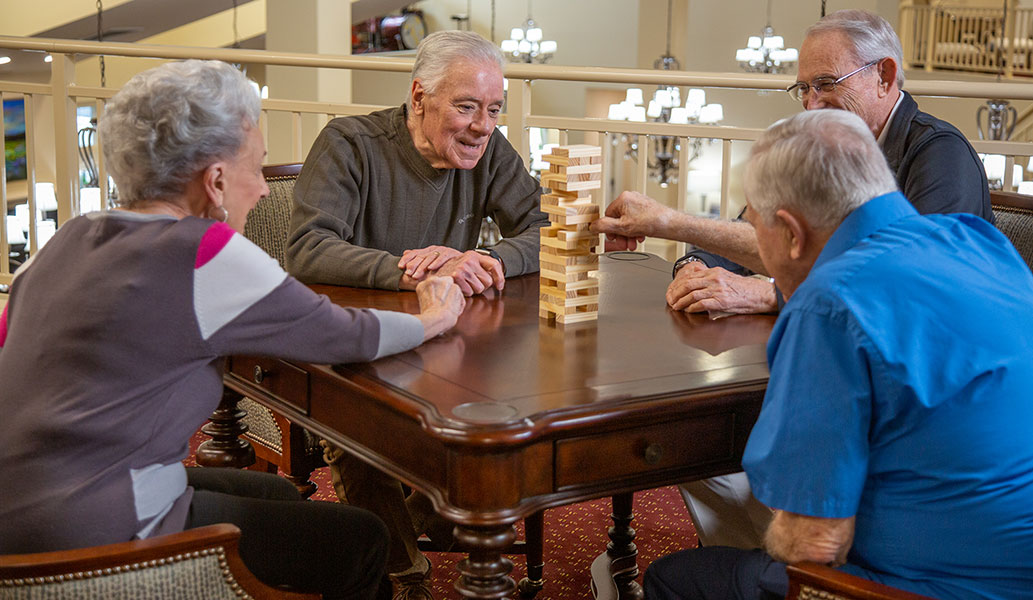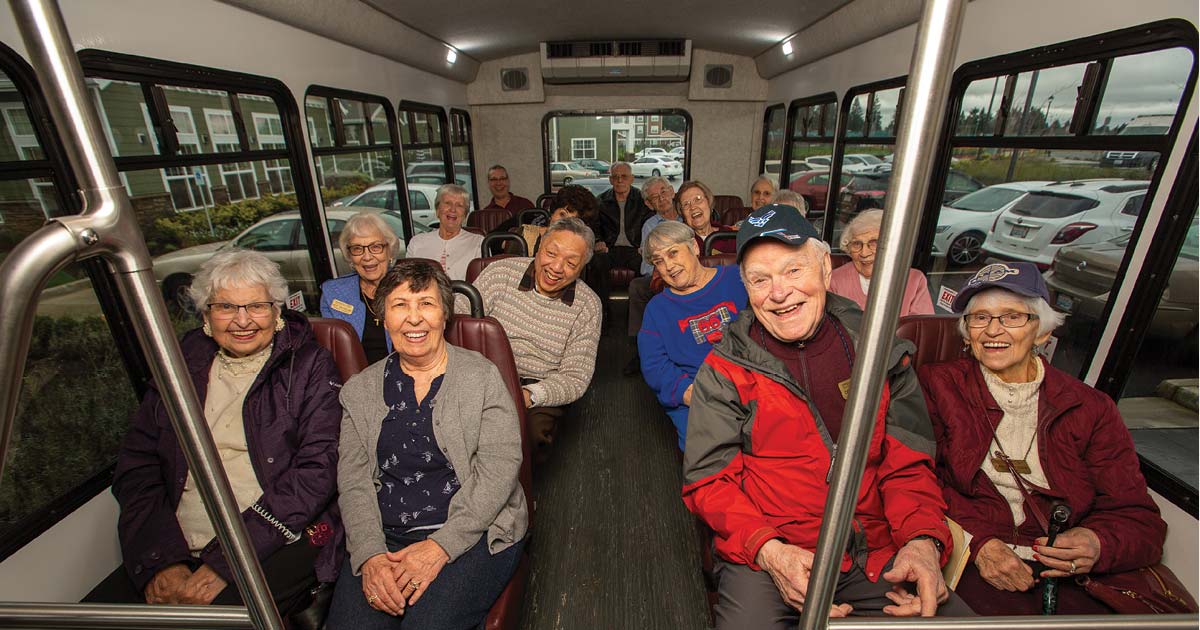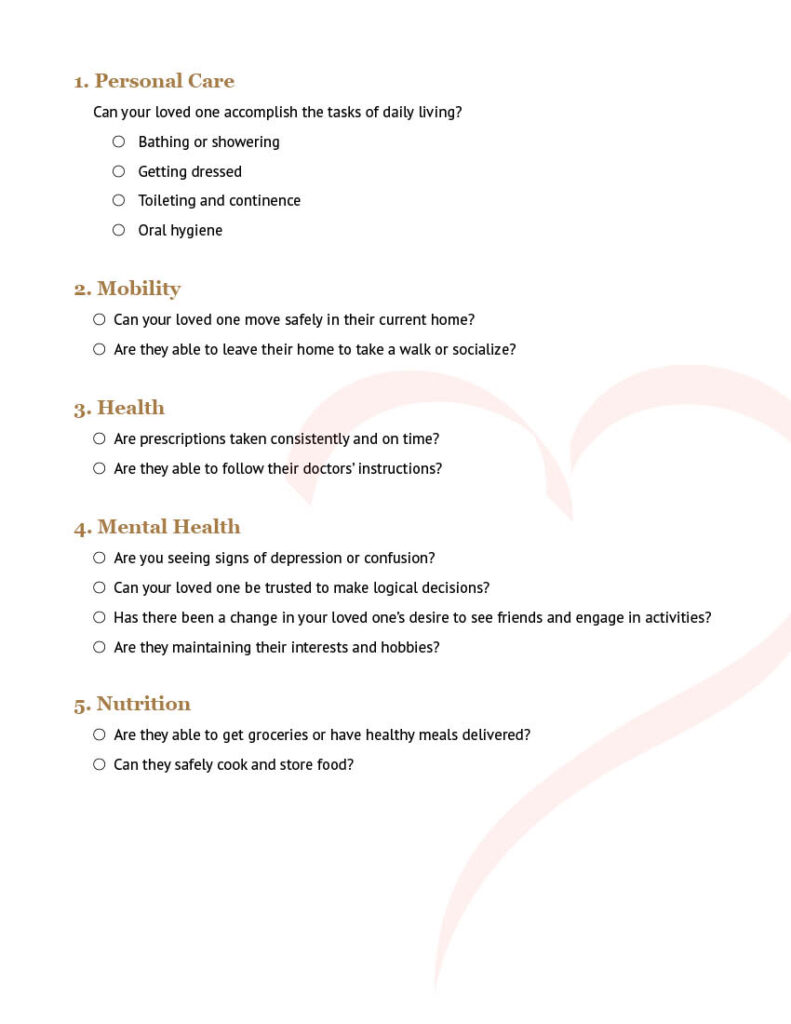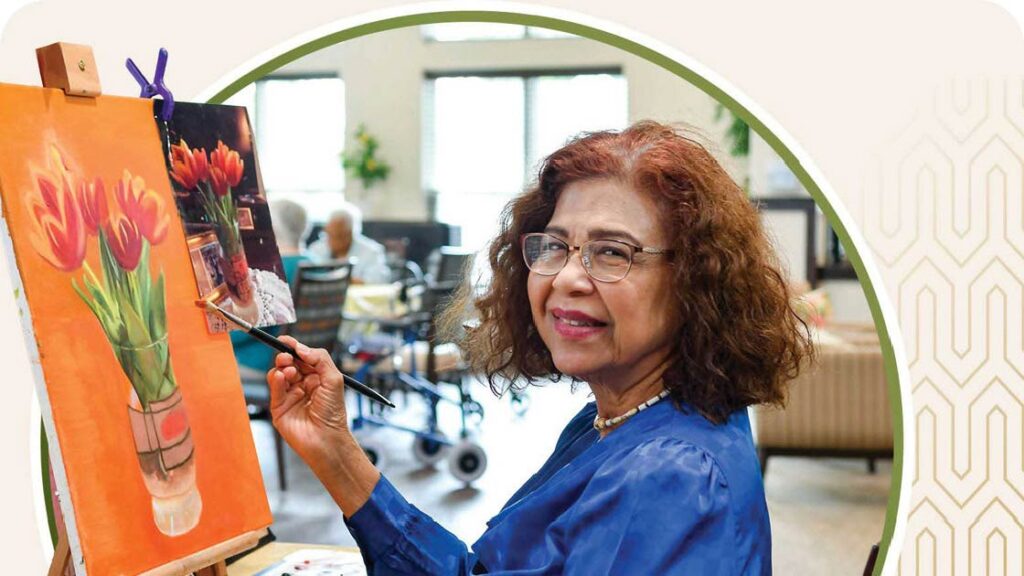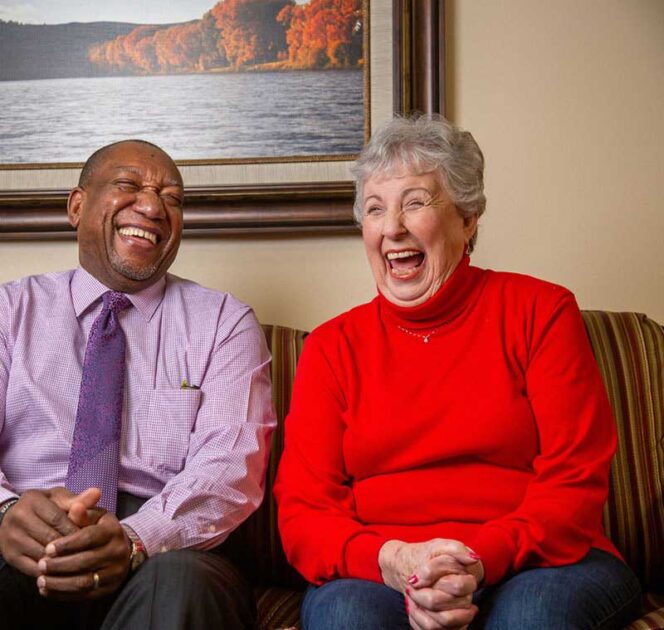Imagine your loved one, comfortable and confident in their own home. They can navigate their living space with ease, engaging in the activities they cherish. This feeling of security is priceless, and creating a safe haven in their familiar surroundings is achievable.
To obtain this sense of security, it’s essential to address the challenges of aging in place proactively. With time, aging can bring unexpected hurdles such as changes in vision, hearing and mobility. However, by embracing these changes and adapting your loved one’s living space, you can create an environment that fosters safety, support, and most importantly, peace of mind.
Home safety for older adults should be a top priority, as it directly impacts your loved one’s ability to live independently and with dignity. By identifying common risks and implementing straightforward solutions, you can transform their home into a secure oasis. This proactive approach not only enhances safety but also allows them to continue enjoying favorite activities, spend quality time with loved ones and maintain confidence in their daily routine.
Discover Solutions That Make Sense
Whether home safety means making repairs and modifications or incorporating new technological solutions, the proactive steps you take will build a more secure, accessible home room by room.
Four Threats to Home Safety for Older Adults
An unsafe home environment often leads to injuries and the loss of independence.
- Falls
Falling and breaking a hip is often used as a punchline, but a fall is no joke. It’s the number one leading cause of injury for adults 65 and older, and it usually happens during their daily routines. Nearly a third will experience a fall, and seventy percent of those falls happen right at home. - Fires
Consider this fact from the National Fire Prevention Association (NFPA): Older adults are twice as likely to be killed or injured in a fire than the rest of the population. The risk goes up to three times by age 75 and four times by age 85. - Poisoning
Carbon monoxide from a poorly functioning furnace, gas stove or fireplace can go undetected, causing accidental poisoning and possibly death. - Crime
The trusting nature and physical vulnerability of most older adults makes them prey to criminals. Most often, they’re the targets of burglary, robbery and fraud, according to the Department of Justice.
Statement of Fairness: Considering senior living options for yourself or a loved one? We’re here to help at every step. And even though we specialize in independent living communities, our goal is for YOU to find your best path to gracious retirement living, and part of how we achieve that is by providing reliable information on all types of senior living, not just the ones we offer. When our offerings serve as useful illustrations to a specific topic, you can find that information in the attached sidebar.
Talk About Home Safety with Your Loved One
Your loved one may take your concern as a sign of distrust or a threat to their independence. Approach the subject of home safety with sensitivity.
- Talk in person. A face-to-face conversation will help you understand the emotion behind what your parent is saying.
- Open with a question. Examples:
- What are your goals for living at home comfortably in the coming year?
- Is it easy enough to get everywhere you want to go in the house?
- What can we do together to make you feel safe in your home?
- Listen with an open mind.
- Acknowledge and appreciate their feelings.
- Calmly voice your concerns for their home safety.
- Reinforce your support for their choice to live independently and safely.
- Involve them at every stage of the process.
- Remember that unless you are a designated agent, the ultimate authority for these choices belongs to your loved one, not you.
- End on an optimistic note.
Spot Hazards in Every Room
What might seem like a non-issue in your household may not translate to a safe environment for older adults. Take a moment to conduct a thorough walk-through of each room, putting yourself in the shoes of your loved one. Consider potential hazards and ensure that every corner of the home prioritizes their safety and well-being. This simple yet thoughtful exercise can uncover areas for improvement, making certain that the living space is not only comfortable but also optimized for the specific needs and challenges your loved one is facing.
Keep in mind:
- Cataracts, glaucoma and medical conditions like diabetes blur vision. Nighttime vision becomes more difficult as we age.
- Hearing loss can affect the ability to respond to alarms.
- Loss of muscle mass and weakness cause balance problems and mobility issues.
As you walk from room to room, make a list of what needs to be modified or fixed to promote accessibility and home safety for older adults.
Make Senior Home Safety Modifications and Repairs
This list will alert you to common household fixes. If you’d like expert help, contact your local Area Agency on Aging for a referral or you may want to hire a certified Aging in Place Specialist through theNational Association of Home Builders.
Exterior
- Put brighter lighting throughout the property.
- Install a home security system.
- Stabilize railings on both sides of the stairway.
- Clear leaves and debris from walkways.
Stairs
- Put down nonslip stair treads.
- Add sturdy hand railings to both sides of the steps.
- Put in a stair lift if needed.
Kitchen
- Keep often-used items in easy reach.
- When replacing appliances, buy ones with auto-shutoff features.
- Keep fire-resistant potholders by the stove.
- Store towels, paper towels and anything flammable away from the stove.
Bathroom
- Mount grab bars near the toilet and in the shower or tub area.
- Add a nonslip mat on the tub or shower floor.
- Put a bath bench in the shower or tub.
- Use nonslip mats around the bathing area.
- Replace low toilets or toilet seats with higher ones.
Bedroom
Change the bed height to make it easy for your loved one to get in and out.
- If the bed is too low, place bed risers under the bed legs to add height.
- If the bed is too high, remove the bed frame or use a thinner mattress.
Maintenance
Stop a problem before it happens by:
- Having the furnace, air conditioner, and thermostat serviced regularly.
- Replacing the smoke and carbon monoxide detector batteries once a year.
- Setting the water heater thermostat to 110 degrees or lower.
Find Innovative Technology Solutions That Promote Home Safety for Older Adults
Even though most devices are designed to be intuitive and easy to use, your loved one may struggle to understand how the technology is intended to be used. Start small and include your loved one in the shopping process.
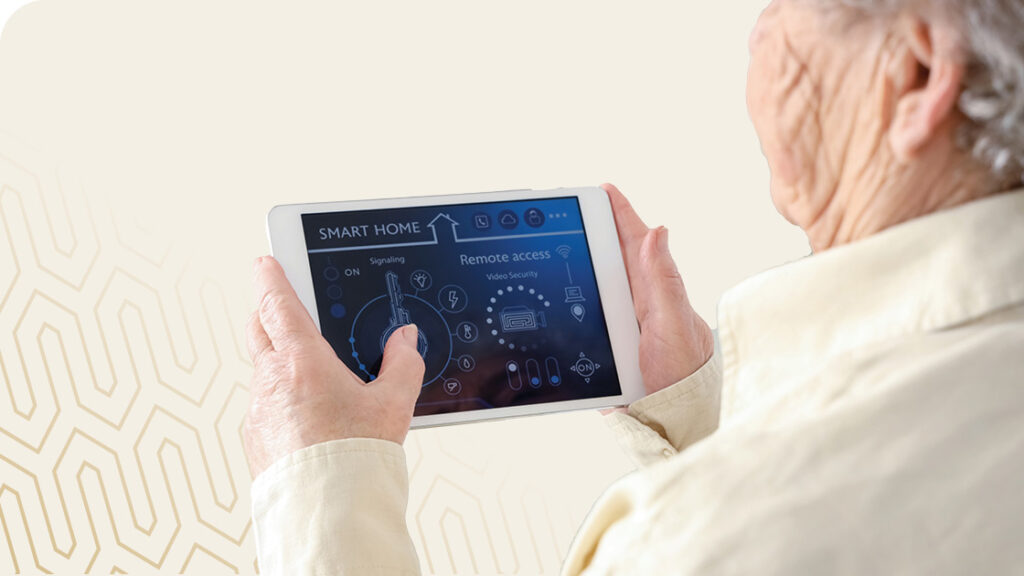
Decide which senior home safety systems will give you and your loved one peace of mind:
- A smart home hub will respond to voice commands to operate lights, thermostats and appliances.
- Wearable medical alert devices give older adults a sense of security and independence, knowing they can get help with the push of a button. Besides connecting to emergency responders, these services will contact designated family members and caregivers. Some devices include GPS tracking so you can monitor the location of your loved one if they tend to wander.
- Home security systems with motion sensors detect intruders as well as human falls.
- Subscription services like Alexa Together let you keep tabs on your loved one’s health status and activity.
Financial Assistance is Available for Home Safety for Older Adults
When it comes to home safety for older adults, we all want to give our best, but the expense can limit what we can do.
The federal government offers a variety of programs to help with the cost of senior home safety repairs.
- A homeowner can withdraw a portion of their home equity through a reverse mortgage. The Home Equity Conversion Mortgage is available through lenders approved by the Federal Housing Administration (FHA). The U.S. Department of Veterans Affairs (VA) offers a variety of grants and loans.
- Depending on the state, Medicare and Medicaid recipients may get help for modifications deemed medically necessary.
- Nonprofit agencies have home modification assistance programs. Research financial aid and volunteer labor through organizations like Rebuilding Together.
For more information, read the recommendations in Home Modifications for the Elderly: Loans, Grants & Financial Aid.
Whether you go for simple fixes or comprehensive solutions, a proactive room-by-room approach can stop a life-threatening injury from happening. Starting with an open, honest discussion and locating financial resources to fund your plan, you can confidently improve home safety for older adults.
When your loved one wants to continue living in their familiar home, you can help them make their dream a reality. Boost their independence and confidence (and your peace of mind) by making sure their home is as safe as possible.
DID YOU ENJOY WHAT YOU JUST READ?
Join our exclusive community and subscribe now for the latest news delivered straight to your inbox. By clicking Subscribe, you confirm that you agree to our terms and conditions.
Jordan Oaks is Committed to Great Living
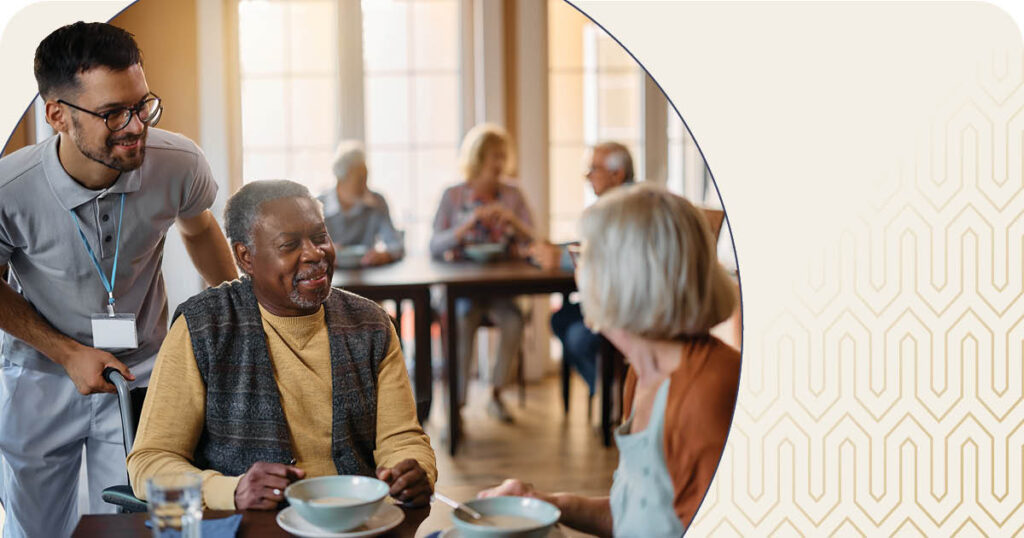
Your independent lifestyle is made even more convenient at Jordan Oaks in Cary, North Carolina, where we prioritize your safety with cutting-edge, professionally monitored pendants. Our state-of-the-art two-way communication devices provide the security you want in the community as well as an extra layer of response while outside of the property.
Enjoy the peace of mind that comes with staying connected to our management team for minor services and to emergency support 24/7, wherever there’s cell phone reception.
Our commitment to safety lets you live each day the way you want. Socialize over a great meal in the community dining room, relax in your beautiful apartment or participate in enriching activities. Isn’t that what your retirement years were meant to be?


Frequently Asked Questions:
What are the most common safety risks for older adults living at home?
The most common risks include falls, fires, poisoning (such as carbon monoxide exposure) and crime. Falls are the leading cause of injury for adults 65 and older, with most incidents occurring at home. Older adults are also at higher risk for fire-related injuries, accidental poisoning from household sources and being targeted for burglary or fraud.
How can I make my home safer for an older adult?
Safety can be improved by making room-by-room modifications such as installing grab bars in bathrooms, using nonslip mats or rugs, ensuring bright lighting throughout the home, stabilizing railings on stairs and keeping frequently used items within easy reach. Regular maintenance, such as servicing furnaces and replacing smoke and carbon monoxide detector batteries, is also important. Technology like wearable medical alert devices and home security systems can further enhance safety.
How should I talk to my loved one about home safety without threatening their independence?
Approach the conversation with sensitivity and respect. Have a face-to-face discussion, ask open-ended questions about their comfort and goals, listen to their concerns, and involve them in making decisions. Reinforce your support for their independence and acknowledge their feelings, making it clear that safety modifications are meant to help them continue living confidently at home.
FIND YOUR COMMUNITY
Related Articles
STORIES, INSIGHTS & RESOURCES
As you and your loved ones navigate the exciting opportunities retirement presents, thoughtful planning is key. Stay informed with empowering articles for seniors covering health, lifestyle, finance and more.




Chronicles Of The Heart
RESIDENTS SAY INDEPENDENCE IS A TOP PRIORITY
Below, residents explain how much they appreciate the freedom they experience at our independent living community. It’s empowering to continue to make your own decisions, and you’re free to create your day around your personal interests.




